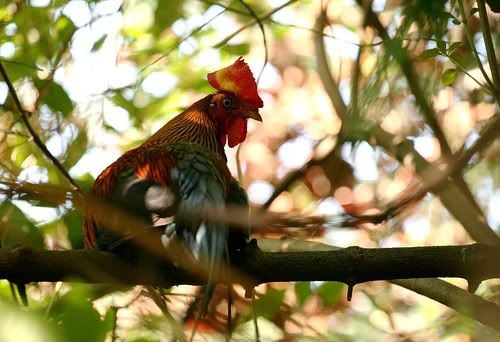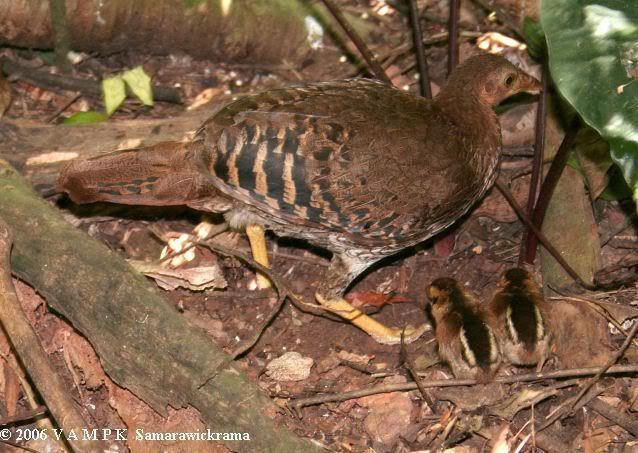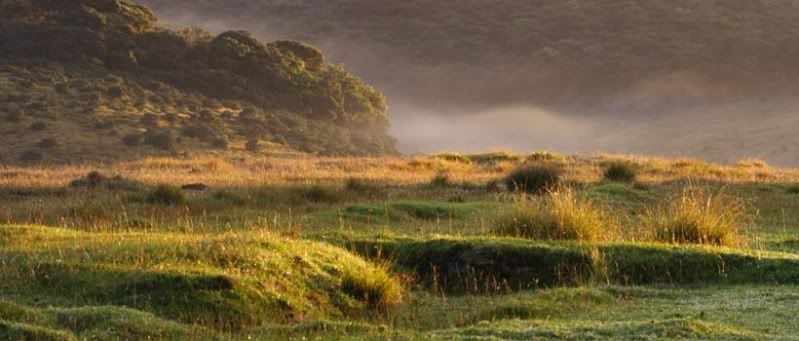- Nov 18, 2008
- 786
- 32
- 131
A lovely romantic story, but unfortunately the English Game birds that were taken from merchant vessels and mated to the local French marsh hens happened in the reign of Henry Plantagenet & Elenor of Aquitaine ,1122 to 1204. The Dutch & British did not colonise Ceylon (Sri Lanka) until the mid 1600s & 1700s respectively.
David
David






